Maha Mrityunjay Mandir: Visit to attain Victory over Death
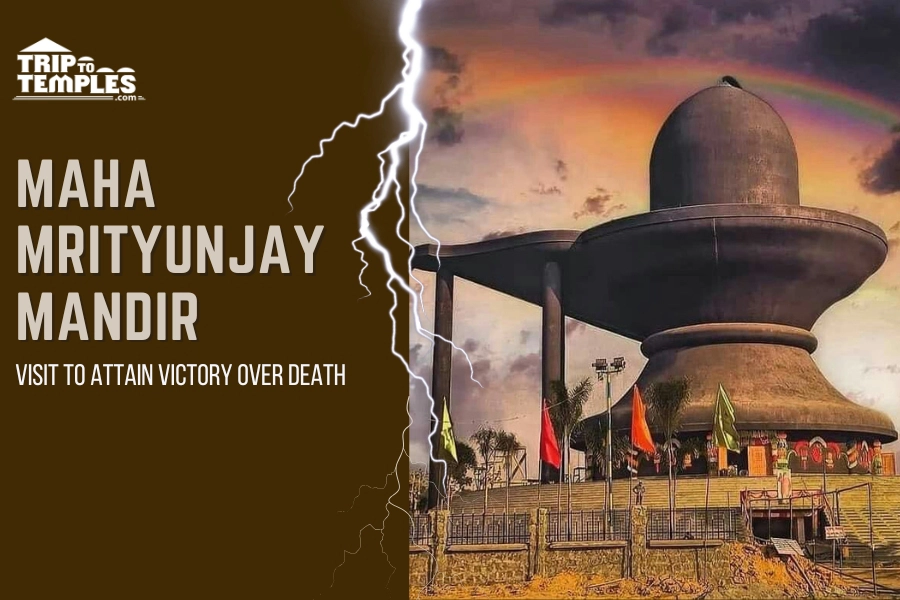
About Mahamrityunjay Mandir:
The Mahamrityunjay Mandir is a significant religious site located in Varanasi, India. Varanasi, also known as Kashi or Banaras is one of the oldest living cities in the world and is considered a sacred place for Hindus. The temple is dedicated to Lord Shiva, specifically to his form of Mahamrityunjay, which translates to " the conqueror of death."
There is an ancient well here which has religious significance and its water is believed to cure many diseases.
According to the Shiv Purana, Mahadev coined the ‘Mahamrityunjya Mantra’ and told the secret of the chant only to Mata Parvati. Since then, chanting of Mahamrityunjaya mantra during Rudra Abhishek or Rudra Yagya turns untimely or early death into long life. It is also said that it frees the devotees from acute and chronic diseases.
History of Mrityunjay Mahadev Temple Varanasi:
Varanasi is home to the renowned and magnificent Maha Mrityunjay Temple. This temple is a sacred location of worship for Lord Mahadev, also known to pilgrims as Lord Shiva. This temple's history is completely hidden in the shadows of "The Shivling" and an old well. "The God who triumphs over death" is the definition of Mrityunjay Mahadev. It is believed that the Shivling at this temple protects all worshippers from dying an unnatural death. To triumph over his unnatural death, worshippers worship Lord Shiva as Mrityunjay Mahadev.
India-wide visitors come here to conduct the "Mrityunjay Path" to solve their troubles. An old well (sometimes referred to as a koop) may be seen on the temple's grounds. This well's water offers medicinal properties for people. It is believed to include a combination of multiple underground water streams and to possess miraculous healing powers for a variety of ailments.
The famed "Dhanvantari" (the father of Ayurveda) is said to have dumped all of his medicine in the well, which is why the water from this well is holy and has healing properties that may treat a variety of illnesses.
Location of Mrityunjay Mahadev Mandir:
The Mahamrityunjay Mandir is located in Varanasi (Banaras), Uttar Pradesh, India. Varanasi is also known as Kashi. This city is located on the bank of the Ganga River north side of India.
1.7 km West of Gola Ghat
1.1 km North of Pancha Ganga Ghat and 500 meters South-East of Kotwali.
How to reach Mahamrityunjay Mandir:
The Mahamrityunjay Mandir is located in Varanasi (Banaras), Uttar Pradesh, India. It is easily accessible by various modes of transportation such as cars, buses, or trains. You can easily use the city’s public transportation to get to any part of it. Transportation in the area, like cars, taxis, and auto-rickshaws, always keeps going. Around this area, many hotels, tea stalls, fast food stalls, etc are available for tourists.
By Air: If you are interested in traveling by Air then the closest airport is Lal Bahadur Shastri International Airport in Babatpur. This airport is 24.5 km from Mhamrityunjay Mandir.
From the airport, you can quickly get a taxi or auto rickshaw to reach the Mahamrityunjay Mandir.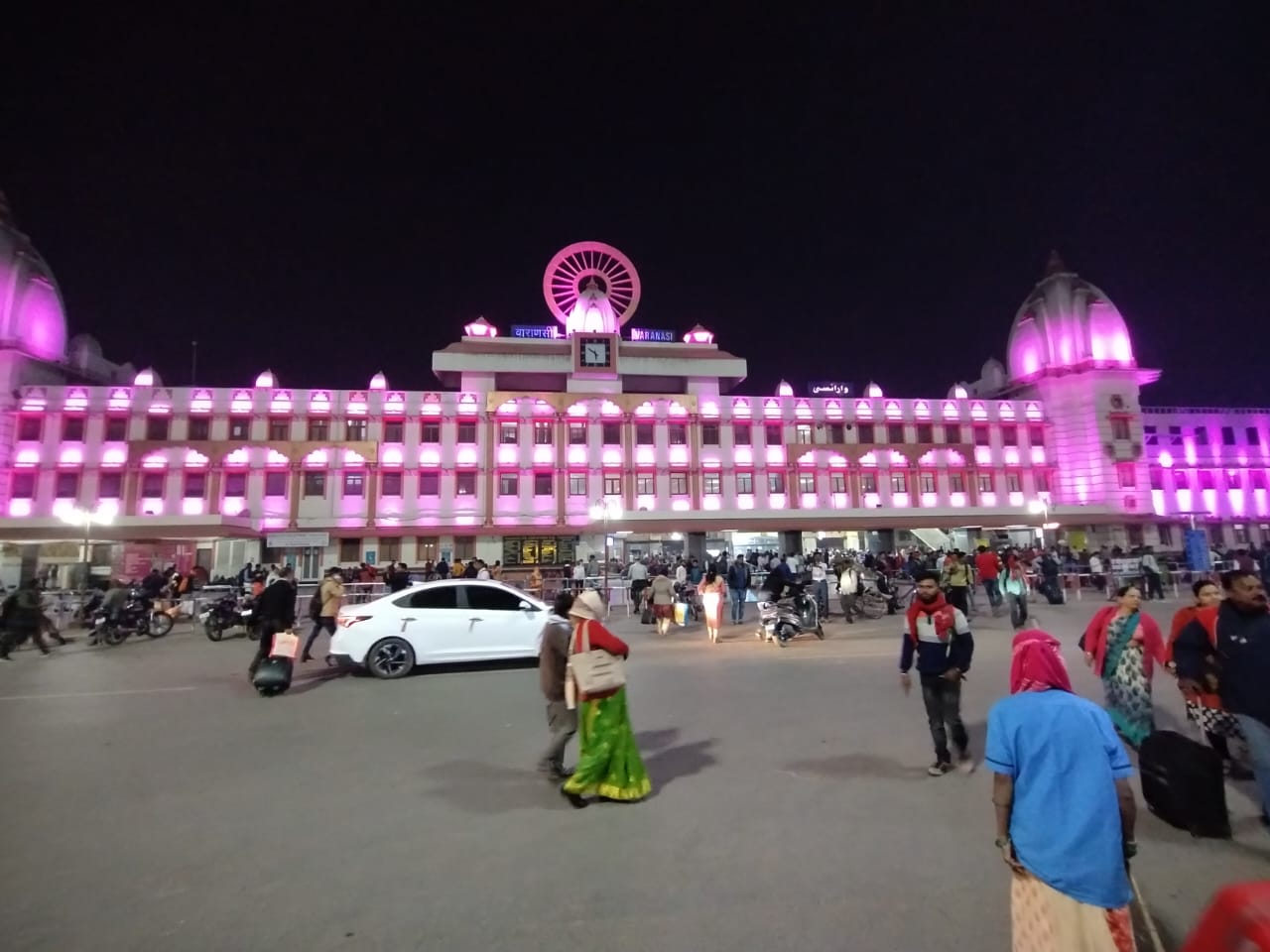
By railway: if you are interested in traveling by railway then the nearest railway stations are Varanasi junction & Banaras railway station.
Distance between railway station to Mahamrityunjay Mandir.:
Varanasi junction from 3.6 km
Banaras railway station from 3.6-4 km
You can quickly get a taxi or auto & tuk tuk rickshaw from the railway station to reach the Mahamrityunjay Mandir.
By roadway: Varanasi is well linked to nearby towns and cities by bus. The temple is about 3.4 km from Chaudhary Charan Singh International Bus stop and 6.6 Km from BHU(Banaras Hindu University).
From the bus stop, you can quickly get a taxi or auto & tuk tuk rickshaw to reach the Mahamrityunjay Mandir.
Timing of Mahadev Mrityunjay Temple:
The Mahamrityunjay Mandir in Varanasi is open every day of the week. You can go to the temple on any day between 4 a.m. and 12 a.m.
This temple continues to be attended by thousands of Mahadev devotees who want to read the Mahamrityunjay Mantra.
Aarti timing of Mrityunjay Mahadev Temple:
There are 3 aarti times at the temple:
Partha aarti - 5:30 am
Sandhya aarti - 6:.30 pm
Rathri aarti - 11:30 pm
Best time to visit Mahamrityunjay Mandir:
The best time to visit Mahamrityunjay Mandir is from July to August during Sawan Mela when the temple receives a makeover. One of Varanasi's most popular tourist destinations is the Mahamrityunjay Mandir.
Spiritual Magnificence of Mahamrityunjay Mandir:
- It is believed that if a devotee visits the Mahamritunjaya Mandir for 40 consecutive Mondays and serves the idols with flowers milk and water, his or her problems vanish in a second.
- If someone chants the ‘Mahamritunjay Mantra’ in the temple 1.25 lakh times wholeheartedly, it is believed to save the person from an untimely death.
- According to the Shiv Purana, Mahadev coined the ‘Mahamrityunjay Mantra’ and told the secret of the chant only to Mata Parvati. Since then, chanting of Mahamrityunjay Mantra during Rudra Abhishek or Rudra Yagya turns untimely or early death into long life. It is also said that it frees the devotees from acute and chronic diseases.
- A well-named ‘Dhanvantri Kua’ is also a part of the temple premises. It is said that if you keep the water from this well in your home, it ends all financial problems.
- The use of coconut in poojas is said to have a positive impact.
- A coconut is hung over the Shivling which helps in achieving all the wishes of the devotee. Once the wish comes true, the coconut is taken back to their home.
- It is also believed that when any pooja or yagya is done, writing ‘om’ or ‘Ram’ on 11 Belpatta and offering it to the idol makes the pooja more effective and people can achieve their goals faster.
The Maha Mrityunjay Temple in Varanasi is a unique place where Lord Shiva manifests as Lord Mahamrityunjaya to shield his devotees from various illnesses and the fear of early death. For thousands of years, Hinduism has placed a high value on worshipping at the Varanasi Temple. To provide his devotees with good health, Lord Dhanvantari, the god of Ayurveda, poured unique Ayurvedic herbs into a well that was located nearby and prayed to Lord Shiva to reside in this temple as Mahamrityunjay. This temple's Ashtabhuja Dhari statue represents Lord Shiva. Near the idol of Lord Shiva, there is also an altar dedicated to Maa Baglamukhi.
It is said that devotees who visit this temple for darshan and take part in puja entirely lose their fear of dying too soon. The Devotees receive the Good Health Blessing from Lord Mahamrityunjaya, which also aids in their recovery from chronic illnesses. This temple also houses a tiny temple dedicated to Lord Mahakaleshwar, who offers his devotees a haven and tranquil surroundings. Lord Mahadev bestows the blessing of fearlessness to worshippers at the Mahamrityunjay Mandir in Varanasi, and all of their wishes are granted to them.
Top Attractions In Maha Mrityunjay Temple:
Dhanvantari well:
The Dhanvantari well is a very famous attraction in Mhamrityunjay Mandir.
The "Dhanvantari Koop" at the Maha Mrityunjay Temple is where various natural and Ayurvedic herbs are said to have been poured by Dhanvantari Devta.
After doing Puja, devotees return the holy water from the Maha Mrityunjay temple to achieve health and Aarogya.
Main shrine:
The Mahamrityunjay Mandir shrine, where Lord Shiva, the presiding deity, is worshipped in the shape of the Mahamrityunjaya Jyotirlinga, is its main draw. The lingam is located in the sanctum sanctorum, where worshippers offer prayers and carry out rites
Architecture:
The Mahamrityunjay Mandir showcases beautiful architecture with intricate carvings and designs. The grand entrance and the towering spire are particularly eye-catching.
Devotee Rituals:
Visitors are welcome to watch and participate in the numerous ceremonies that devotees perform. These ceremonies include the Rudrabhishek, in which sacred mantras are chanted as water, milk, and other gifts are poured over the lingam.
Temple Complex:
The temple complex is made up of numerous smaller temples to various gods, including Lord Ganesha and Goddess Parvati. Visitors can see the various religious practices connected to Lord Shiva by exploring the complex.
Mahamrityunjay Mandir:
The primary attraction is the temple itself, which is known for its architectural beauty and spiritual significance. The temple's main sanctum houses the revered Mahamrityunjay Jyotirlinga, a representation of Lord Shiva.
Aarti Ceremony:
Witnessing the daily aarti ceremony at the Mahamrityunjay Mandir is a truly mesmerizing experience. The rhythmic chanting, the sound of bells, and the divine atmosphere create a spiritual ambiance that is unforgettable.
Other famous attractions in Varanasi:
Kashi Vishwanath Temple:
While visiting the Mahamrityunjay Mandir, you can also explore the nearby Kashi Vishwanath Temple. It is one of the most sacred Hindu temples dedicated to Lord Shiva and is renowned for its historical and religious importance.
Ganga Aarti at Dashashwamedh Ghat:
Just a short distance from the Maha Mrityunjay Temple, Dashashwamedh Ghat is one of the main ghats (riverfront steps) along the holy River Ganges in Varanasi. Witnessing the grand Ganga Aarti ceremony here, where priests perform rituals accompanied by chanting and fire offerings, is a must-see spectacle.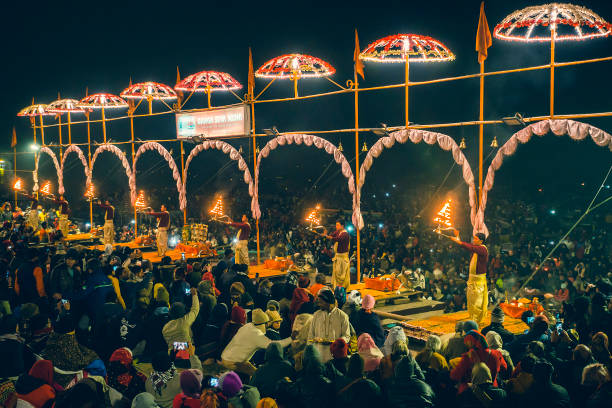
Boat Ride on the Ganges:
Take a boat ride along the River Ganges to experience the essence of Varanasi. From the boat, you can witness the ghats, the scenic views, and the spiritual activities taking place on the riverbanks.
Ramnagar Fort:
Located on the opposite bank of the Ganges, Ramnagar Fort is a beautiful and historic fort that offers a glimpse into the grandeur of the past. The fort houses a museum displaying antique artifacts, manuscripts, and a unique collection of vintage cars.
Sarnath:
If you have extra time, you can visit Sarnath, a significant Buddhist pilgrimage site located just a few kilometers from Varanasi. It is the place where Gautama Buddha gave his first sermon after attaining enlightenment.
Assi ghat:
This is of the prominent ghats of Varanasi, Assi ghat is a delight to the eyes. Assi Ghat is also famous for its beautiful sunrise and sunset views. This spot is popular for a holy dip, meditation, yoga, and religious rituals.
It is located 4.5 km from the Mahamrityunjay Mandir.
Manikarnika Ghat:
Approximately 5.5 km separate Manikarnika Ghat from the main city of Varanasi. It is one of India's most popular travel destinations. This Ghat is thought to be a lucky location for cremations. This location is regarded as the entrance to the next life.
It is located 1.7 km from the Mahamrityunjay Mandir.
BHU:(Banaras Hindu University)
This university is located just 6.4 km away from the Mahamrityunjay Mandir. This university is famous for education all over the world. Shri Vishwanath Mandir is a well-known Shiva temple on the campus of BHU. This temple is open timing from 5:00 am to 8:00 pm from Monday to Sunday.
These are just a few of the attractions you can explore while visiting the Mahamrityunjay Temple in Varanasi. Make sure to check the temple timings and any specific rituals or festivals happening during your visit for an enhanced spiritual experience.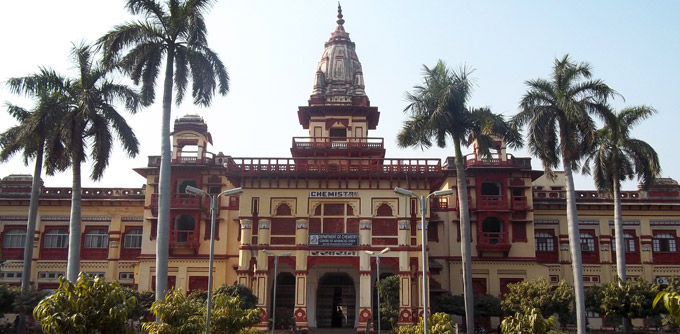
Accommodations near Maha Mrityunjay Mandir:
HOTELS AND GUESTHOUSES:
There are different hotels and guesthouses in and around the temple area that cater to different budgets and preferences. Some popular hotels & guesthouses such as:
- Bedzzz, Varanasi
- Hotel Saffron
- Hotel Satya Inn
- Hotel Tridev
- Hotel Sri Balaji
- Hotel Keshri, Varanasi

Do's & Don'ts of Mrityunjay Mahadev Mandir:
While visiting the Mahamrityunjay Mandir, there are certain activities that visitors can engage in and certain guidelines to follow.
Do’s in Mahamrityunjay Mandir:
Dress appropriately: Inappropriate attire Visit the temple with polite and modest attire. As a symbol of respect, it is advised to cover your knees and shoulders.
Remove your footwear: Before entering the temple grounds, it is customary to take your shoes or sandals off. Typically, there is a place set aside for storing shoes.\
Maintain silence: Temples are places of worship and meditation, so please keep quiet. Keep the temple calm and tranquil, and be considerate of other people.
Offer prayers: If you wish to pray, respectfully approach the primary god or the shrine. Follow the local believers' rites and traditions.
Donate or contribute: Temples frequently rely on donations to keep their operations running smoothly. If you want to help the temple, you can donate money or provide food, flowers, or other gifts by the temple's rules.
Ask for advice: If you are unsure of the traditions or ceremonies, ask the temple personnel or nearby followers for clarification. They can offer support and information regarding temple customs.
Dont's in Mahamrityunjay Mandir:
Do not bring non-vegetarian food or alcohol: Consumption of non-vegetarian food or alcohol is generally not allowed inside the temple premises. Respect the sanctity of the place and adhere to the rules.
Do not take photos or videos without permission: Some temples may have rules against it. Before taking any pictures, abide by the rules and get consent.
Do not litter: Keep the temple grounds neat by placing trash in the appropriate bins. Avoid leaving trash behind or damaging the environment in any way.
Avoid contacting the deity or holy items: In some temples, it is forbidden to touch the deity or holy items. Respect the traditions and adhere to the rules when it comes to making physical contact with idols or artifacts.
Temples are sanctuaries of devotion and reverence: Avoid making public shows of affection there. Keep your composure and avoid showing your affection in front of others.
Keep others undisturbed: Keep an eye out for additional devotees or guests. Stay away from loud conversations, unwanted noise, and actions that might disturb the tranquil environment.
Please be aware that exact guidelines and traditions may vary amongst temples. It's always a good idea to ask the temple's administrators or local devotees before your visit whether there are any particular rules or regulations.
Get in Touch
Have An Enquiry? Write To Us…
Related Packages

Ayodhya Dham with Kailash Aerial Tour
View Details..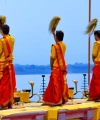
Prayagraj Varanasi Ayodhya Tour
View Details..
Himachal Pilgrimage Tour
View Details..
Mathura Agra Pilgrimage Tour
View Details..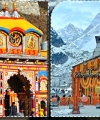
Badrinath Kedarnath Dham Package
View Details...webp?tr=w-100,h-120,f-webp)
Kailash Kund Trek Tour
View Details..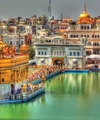
Amritsar Jalandhar Pilgrimage Tour
View Details..
Kedarnath Tour Package
View Details..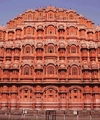
Jaipur Pushkar Pilgrimage Tour
View Details..Related Blogs
Information Links and Downloads
Talk to Kailash Yatra Expert
Submit your contact number.
Kailash Yatra Expert will call You within 1 minute.
(24X7 Free Service, India Number only)
Get All Details on Mobile


Question and Answer
Related Packages
Related Blogs

We Got Featured in the Media
Stay Connected for All Updates!
For the latest updates on Kailash Mansarovar Yatra, Adi Kailash Yatra
and other incredible travel destinations, make sure you’re following our channel

 WhatsApp
WhatsApp Instagram
Instagram








.webp%3Ftr%3Dw-370%2Ch-200%2Cf-webp&w=750&q=80)






















